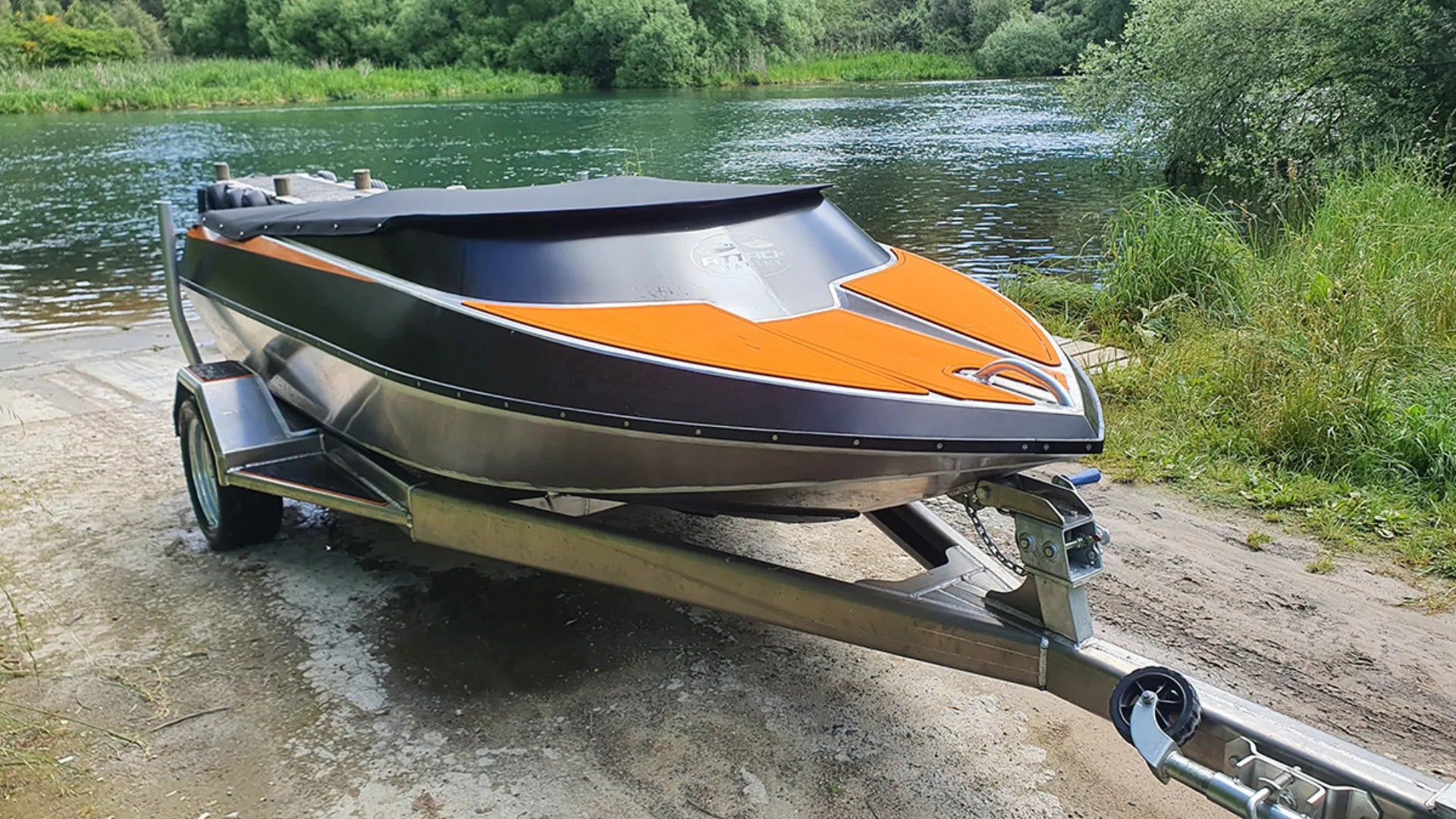The marine environment is one of the most demanding settings for any material, exposing boat decks to constant moisture, UV radiation, temperature extremes, and heavy wear. For decades, marine flooring relied on teak, carpet, or PVC solutions. Today, EVA foam boat flooring has emerged as the superior choice, offering technical benefits that solve the key challenges of boating.
Closed-Cell Waterproofing and Non-Slip Safety
EVA foam marine decking is a closed-cell material. Its microscopic sealed cells prevent water absorption, unlike carpets or open-cell foams that soak up water, grow mildew, and add weight.
-
EVA foam mats remain waterproof and lightweight even when submerged.
-
They protect the deck from rot, odor, and hidden moisture damage.
-
Naturally non-slip boat flooring, even when wet—an essential safety feature for fishing boats, pontoons, and yachts.
Resistance to UV, Chemicals, and Harsh Conditions
High-quality marine-grade EVA foam includes UV stabilizers to resist sun damage. Unlike cheaper materials, it won’t crack, fade, or become brittle.
-
Resists oils, fuel, and cleaning chemicals often found onboard.
-
Performs across wide temperature ranges: stays flexible in cold and avoids becoming sticky in extreme heat.
-
Ideal for saltwater boats, fishing vessels, and luxury yachts.
Comfort, Ergonomics, and Insulation
Beyond durability, EVA foam boat flooring offers superior comfort:
-
Excellent cushioning reduces fatigue during long hours on the water.
-
Shock-absorbing properties provide thermal insulation—cooler under bare feet in summer, warmer in cold weather.
-
Quiet underfoot, dampening noise—especially beneficial for anglers and fishing boat flooring.
Durability and Easy Maintenance
EVA marine mats are tough, resilient, and built to last:
-
Resist abrasion, scuffs, and damage from dropped gear.
-
Easy to install: available as DIY peel-and-stick EVA flooring kits or professional custom sheets.
-
Simple care: rinse with soap and water—no sanding, oiling, or scrubbing like with teak or carpet.
-
Damaged sections can be replaced individually, saving cost and effort.
Conclusion: Why Choose EVA Foam Boat Flooring
The technical advantages of EVA foam marine decking—closed-cell waterproofing, UV/chemical resistance, ergonomic comfort, and long-lasting durability—make it the most reliable and cost-effective flooring for today’s boats.
Whether you own a fishing boat, pontoon, yacht, or jet ski, EVA foam flooring enhances safety, performance, and enjoyment on the water, outperforming traditional teak and PVC options.
FAQs: Technical Benefits of EVA Foam Marine Flooring
1. Why is EVA foam better than carpet or teak?
EVA foam is waterproof, non-slip, easier to clean, and requires less maintenance.
2. Does EVA foam resist sun and saltwater?
Yes. Marine-grade EVA flooring is UV-stabilized and saltwater-resistant.
3. Is EVA foam flooring safe when wet?
Yes. Its closed-cell design ensures non-slip safety, even under splash conditions.
4. How long does EVA foam marine decking last?
With proper care, EVA foam boat flooring lasts 5–10 years, depending on usage.
5. Can EVA foam be installed DIY?
Yes. Many suppliers offer DIY EVA foam kits with peel-and-stick adhesive for easy installation.

Share:
How to Choose the Right EVA Foam Hardness for Your Boat Decking
Customizing Your Marine EVA Floor: The OEM/ODM Process Explained